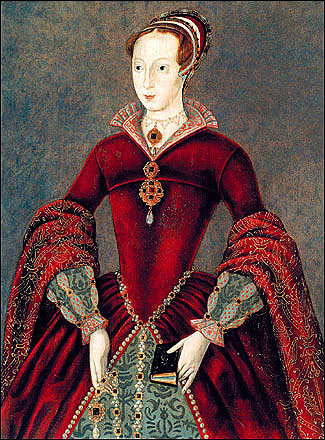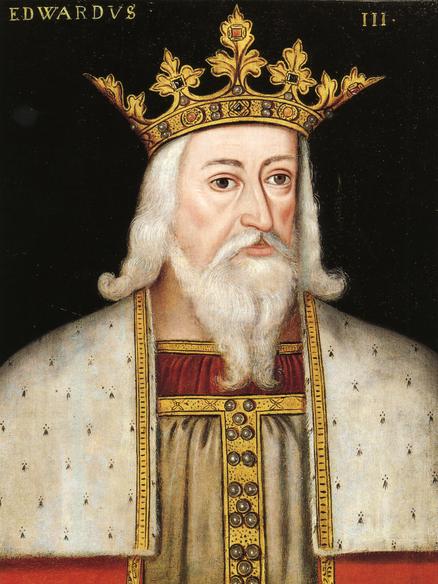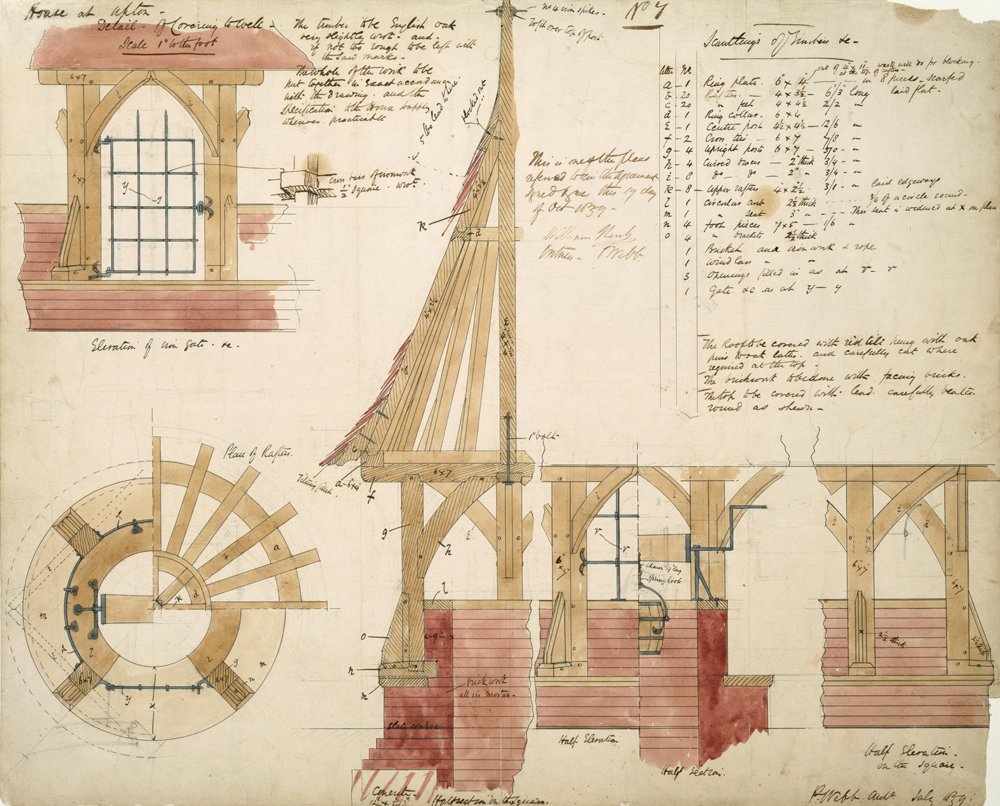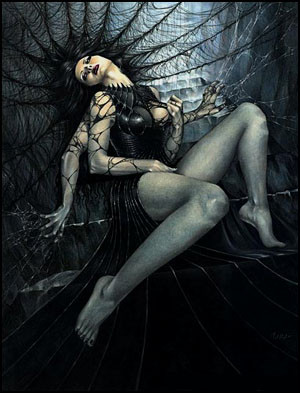Lady Jane Grey was a woman who is probably best remembered for holding the British throne for the shortest-known period in history. She ruled England as queen for only nine days before being imprisoned in the Tower of London and she was ultimately executed for treason.
She is sometimes called the “Nine Days Queen,” in a reference to her brief rule and is a subject of fascination among some historians, many of whom view her as a victim of circumstance.
Jane Grey was born around 1537 to Henry Grey and Lady Frances Brandon, who was related to Henry VII through her mother, Princess Mary. This put her in the potential line of succession for the British throne, although technically she would have been behind Edward, Mary, and Elizabeth, the children of Henry VIII. When Henry VIII died in 1547, his son Edward VI ascended the throne, and Jane Grey’s family started plotting to put her next in line for the succession, playing on anti-Catholic sympathies which worked against the Catholic Mary Tudor, who was next in line for the throne by right.
Lady Jane Grey was married off to Lord Dudley in the hopes of securing her position, and upon the death of Edward VI in 1553, her followers proclaimed her to be the queen. At the same time, her supporters attempted to isolate the princesses Mary and Elizabeth before either could gain enough power to claim the throne.
Lady Jane Grey managed to hold the throne for nine days in July before Mary Tudor rode into London at the head of a triumphant procession to claim her rightful throne, deposing and imprisoning her.
She might have been pardoned by Queen Mary but unfortunately another uprising in her name sealed her fate.
Despite the fact that Lady Jane Grey was not involved in the second uprising, Queen Mary realized that she and her husband would pose a risk as long as they were allowed to live. Therefore she signed Jane’s execution order. As a mark of respect for her relative, the Queen ordered that Lady Jane Grey should be executed on the Tower Green, a privilege reserved for royalty alone.
This extremely well educated young woman was only 16 or 17 when she died in February 1554, leading some contemporaries and many future historians to believe that she was probably manipulated by people who wanted to use her birth and religion. In letters written shortly before her execution, Lady Jane Grey expressed remorse for her attempt to gain the throne, and pointed the finger at some of the people who had conspired with her.
Later she became a figure of tragic romance in many novels, plays, and works of art produced after her death. This is probably why she is better known than other English monarchs.




















